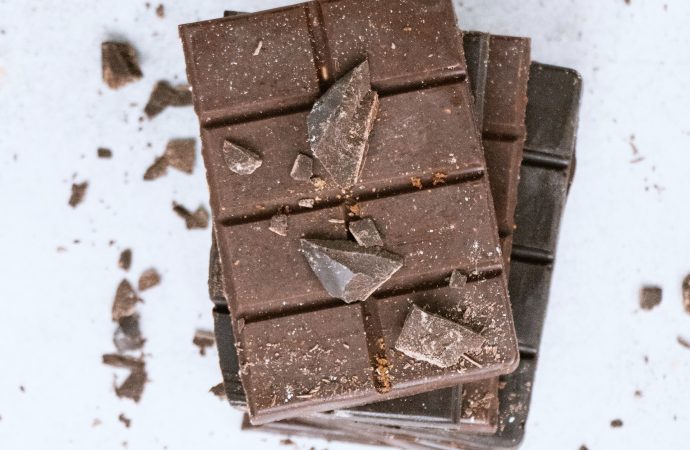Introduction: Dark chocolate has long been hailed as a healthier alternative to its sweeter counterparts. With its rich flavor and potential health benefits, it has gained a loyal following of chocolate enthusiasts. However, beneath the surface of this beloved treat lies a secret that may surprise many. In this article, we will delve into the
Introduction: Dark chocolate has long been hailed as a healthier alternative to its sweeter counterparts. With its rich flavor and potential health benefits, it has gained a loyal following of chocolate enthusiasts. However, beneath the surface of this beloved treat lies a secret that may surprise many. In this article, we will delve into the dark side of dark chocolate and uncover the truth behind its alluring facade.
- Sugar Content: While dark chocolate contains less sugar than milk chocolate, it can still be a significant source of added sugars. Many commercially available dark chocolate bars have added sweeteners to enhance the taste and offset the natural bitterness. Consuming excessive amounts of sugar can lead to various health issues, including weight gain, dental problems, and an increased risk of chronic diseases.
- Cacao Percentage: The cacao percentage indicated on dark chocolate packaging refers to the amount of cocoa solids present in the product. However, a higher cacao percentage does not necessarily mean a healthier chocolate. Some dark chocolates with a high cacao percentage may still contain added fats, sugars, and other additives that can compromise their nutritional value.
- Calorie Density: Dark chocolate is calorie-dense, meaning it contains a significant number of calories in a small serving size. Overindulging in dark chocolate can lead to excess calorie intake, which may contribute to weight gain if not balanced with a healthy diet and active lifestyle.
- Caffeine and Theobromine: Dark chocolate contains naturally occurring stimulants such as caffeine and theobromine. While these compounds can provide a subtle energy boost and enhance mood, excessive consumption can lead to side effects like jitteriness, increased heart rate, and difficulty sleeping, especially in individuals sensitive to stimulants.
- Allergens and Sensitivities: Dark chocolate may contain allergens such as nuts, dairy, soy, or gluten, depending on the manufacturing processes and added ingredients. People with allergies or sensitivities should carefully read the labels and choose products that align with their dietary needs.
Conclusion: While dark chocolate offers potential health benefits, it is essential to approach it with moderation and awareness. Being mindful of the sugar content, cacao percentage, and overall calorie intake can help ensure that we fully enjoy the pleasures of dark chocolate without falling victim to its dark secrets. Incorporating a balanced and varied diet, rich in whole foods, alongside occasional indulgences of dark chocolate, can contribute to a healthier lifestyle overall.
By breaking the chocolate spell and understanding the nuances of dark chocolate, we empower ourselves to make informed choices about our indulgences. Enjoying dark chocolate in moderation, selecting products with higher cacao percentages and minimal added sugars, can help us savor its unique flavors while reaping its potential health benefits.























Leave a Comment
Your email address will not be published. Required fields are marked with *